Ask AI on The Internet
Question: Read the following case study carefully and answer all the questions that follow: (Note: this case study is a follow-up of Tshepo’s case study used in assignment 02 but adapted to fit the assessment criteria for assignment 03.) Tshepo, a bright, intelligent and enthusiastic five-year-old, was diagnosed with autism spectrum disorder (ASD) at the age of three. After a long struggle to find a school for Tshepo, he was admitted to an inclusive school willing to accommodate him with his specific needs. The transition to the inclusive school marked a turning point in Tshepo's educational journey. With access to tailored support and an individualised education plan (IEP), Tshepo made remarkable progress in his academic and personal development. Tshepo cannot communicate verbally although his parents understand his gestures. He understands pictures in picture books. Tshepo can follow one-step instructions but struggles to comprehend multi-step instructions. He finds it difficult to sustain focus on tasks or follow instructions for an extended period. He prefers to play alone and not with his classmates. Tshepo requires assistance with basic self-care tasks, such as dressing, eating, and personal hygiene. Due to his inability to communicate verbally, Tshepo exhibits challenging behaviour such as temper tantrums when his needs are not addressed. He does not like loud noises and would run away when he feels unsafe. In the case study it is mentioned that an individual educational plan was developed for Tshepo. Explain what an Individual Educational Plan (IEP) is. Use your own words. [2] What are four goals that should be achieved in an IEP? [4] Based on the information provided in the case study, create an individual education plan (IEP) for Tshepo. You can use the IEP form of your school or create your own based on the checklist below. [20] As part of your IEP, you should copy, paste and complete the following checklist to ensure that you incorporated all the information in Tshepo’s IEP form. (In other words, the information provided in the checklist below should be reflected in Tshepo’s IEP. [4] Checklist for developing an IEP Does the IEP include the following? Description Yes No Collaboration among team members Includes the school-based support team and parents/guardians Goals Annual goals and short-term objectives (per term) Current situation Recognises and builds on a learner’s present level of development, taking note of the learner’s strengths, needs, as well as relevant assessment information Services/Supports Indicates what is needed to achieve goals, including therapists, frequency and duration Accommodations and modifications To ensure that the learner can access the curriculum and benefit from instruction Make recommendations for appropriate placement Either special or general Include an evaluation plan Specifies the timeline for evaluating progress Outline a possible transition plan From the age of 14 years (not applicable to Grade R learners) n.a. n.a. Please continue to the next page for question 2. Explain the term Universal Design for Learning (UDL). Use your own words. [2] Give three practical examples of how you can implement UDL in Tshepo’s Gr R classroom. [6] Name any four teaching strategies that can be used for teaching and learning in Tshepo’s Gr R classroom [4] Explain how you could use each of these teaching strategies to teach the theme “Myself” in a Grade R classroom. [8] TOTAL: 50 marks END OF ASSIGNMENT 03
### Question 1 #### Explain what an Individual Educational Plan (IEP) is. [2] An Individual Educational Plan (IEP) is a customized educational plan created to meet the unique needs of a student with special educational needs or disabilities. It outlines specific learning goals, the support services needed to achieve those goals, and criteria for evaluating progress. #### What are four goals that should be achieved in an IEP? [4] 1. **Measurable Academic Goals**: Setting specific, measurable learning objectives tailored to the student's abilities. 2. **Personal Development Goals**: Focusing on developing social skills, communication abilities, and independent living skills. 3. **Tailored Support Strategies**: Identifying and integrating necessary support services such as speech therapy, occupational therapy, or behavioral interventions. 4. **Evaluation Criteria**: Establishing how and when the student's progress toward achieving these goals will be assessed. #### Based on the information provided in the case study, create an Individual Education Plan (IEP) for Tshepo. You can use the IEP form of your school or create your own based on the checklist below. [20] **Individual Educational Plan (IEP) for Tshepo** **Student Information** - Name: Tshepo - Age: 5 - Diagnosis: Autism Spectrum Disorder (ASD) **Team Members** - Parents/Guardians: Mr. and Mrs. X - Classroom Teacher: Ms. A - Special Education Teacher: Mr. B - Speech Therapist: Ms. C - Occupational Therapist: Ms. D - School-Based Support Team Leader: Dr. E **Annual Goals and Short-Term Objectives** 1. **Communication Skills** - **Annual Goal**: Tshepo will develop basic communication skills using non-verbal methods such as gestures and picture boards. - **Short-Term Objective**: Within Term 1, Tshepo will use a picture board to request basic needs 4 out of 5 times. 2. **Self-Care Skills** - **Annual Goal**: Tshepo will improve his ability to perform basic self-care tasks independently. - **Short-Term Objective**: By the end of Term 1, Tshepo will be able to wash his hands with minimal assistance. 3. **Social Interaction** - **Annual Goal**: Tshepo will engage in structured play activities with peers. - **Short-Term Objective**: By Term 2, Tshepo will participate in a group activity for at least 5 minutes with support. 4. **Academic Skills** - **Annual Goal**: Tshepo will follow one-step instructions consistently during classroom activities. - **Short-Term Objective**: By Term 1, Tshepo will follow one-step instructions 80% of the time. **Current Situation** - **Strengths**: Understands pictures, follows one-step instructions, enthusiastic about learning - **Needs**: Verbal communication, multi-step instructions, social interaction, focus on tasks - **Relevant Assessments**: Speech and Language Assessment, Occupational Therapy Assessment, Classroom Observations **Services/Supports** - **Frequency and Duration**: - Speech Therapy: 2 sessions per week (30 minutes each) - Occupational Therapy: 1 session per week (45 minutes) - Special Education Support: Daily (1 hour) **Accommodations and Modifications** - Use of visual aids and picture boards - Modified seating arrangement to reduce distractions - Noise-cancelling headphones during loud activities **Recommendations for Appropriate Placement** - General inclusive classroom with specialized support services **Evaluation Plan** - **Timeline**: Monthly progress reviews, quarterly formal assessments - **Evaluation Methods**: Observations, teacher and therapist reports, progress checklists **Transition Plan** - **N/A** **Checklist for developing an IEP** | Description | Yes | No | | ----------- | --- | -- | | Collaboration among team members | Yes | | | Goals: Annual goals and short-term objectives (per term) | Yes | | | Current situation: Strengths, needs, assessment info | Yes | | | Services/Supports: Therapies, frequency, duration | Yes | | | Accommodations and modifications | Yes | | | Recommendations for appropriate placement | Yes | | | Include an evaluation plan | Yes | | | Outline a possible transition plan | | n.a. | ### Question 2 #### Explain the term Universal Design for Learning (UDL). Use your own words. [2] Universal Design for Learning (UDL) is an educational framework that aims to make learning accessible to all students by providing multiple means of representation, expression, and engagement. UDL supports diverse learning needs and removes barriers to learning by offering various ways for students to engage with content, demonstrate their knowledge, and stay motivated. #### Give three practical examples of how you can implement UDL in Tshepo’s Gr R classroom. [6] 1. **Multiple Means of Representation**: - Use visual aids, pictures, and physical objects to explain concepts, making them more understandable for Tshepo. 2. **Multiple Means of Expression**: - Allow Tshepo to use non-verbal methods such as picture boards or gestures to express his understanding and participate in classroom activities. 3. **Multiple Means of Engagement**: - Incorporate activities that cater to Tshepo’s interests, such as individual playtime with educational toys, to keep him engaged and motivated. #### Name any four teaching strategies that can be used for teaching and learning in Tshepo’s Gr R classroom [4] 1. Visual Supports 2. Structured Routines 3. Positive Reinforcement 4. Sensory-Friendly Environment #### Explain how you could use each of these teaching strategies to teach the theme “Myself” in a Grade R classroom. [8] 1. **Visual Supports**: - Use pictures and charts showing body parts, daily routines, and personal hygiene activities to help Tshepo understand the theme "Myself." 2. **Structured Routines**: - Incorporate a consistent daily schedule that includes activities related to the theme, such as singing songs about body parts at a specified time each day. 3. **Positive Reinforcement**: - Use a reward system to encourage Tshepo when he correctly identifies body parts or participates in themed activities, such as giving stickers or small treats. 4. **Sensory-Friendly Environment**: - Create a calm and quiet space with sensory-friendly tools where Tshepo can explore the theme through sensory activities, such as feeling textures related to personal items (e.g., a toothbrush, soap). ### TOTAL: 50 marks **END OF ASSIGNMENT 03**
Think your answer is better than the AI's? Post it below.
Other Most Relevant Posts:
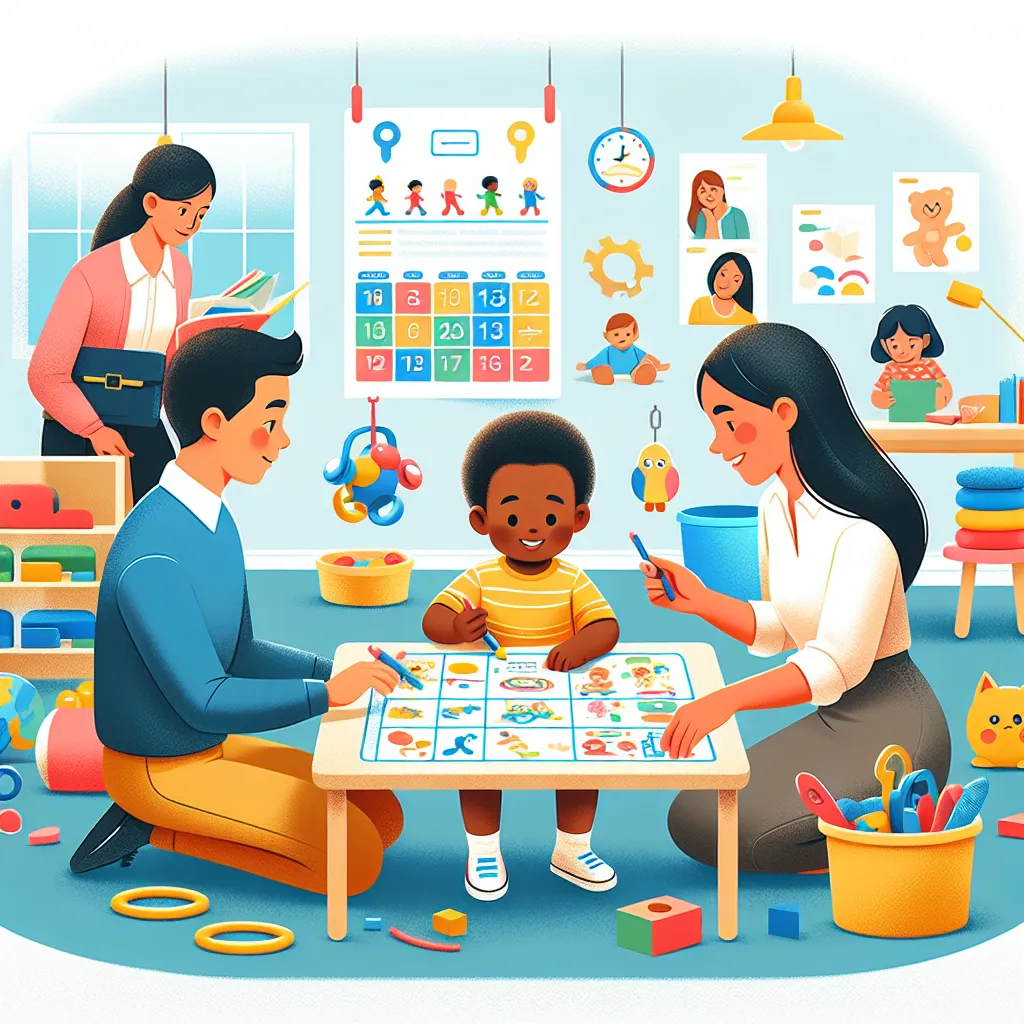 1. IEP and Tshepo's Goals
2. Universal Design for Learning (UDL)
3. UDL in Tshepo's Classroom
4. Teaching Strategies for Tshepo
5. Teaching Strategies for "Myself"
1. IEP and Tshepo's Goals
2. Universal Design for Learning (UDL)
3. UDL in Tshepo's Classroom
4. Teaching Strategies for Tshepo
5. Teaching Strategies for "Myself"
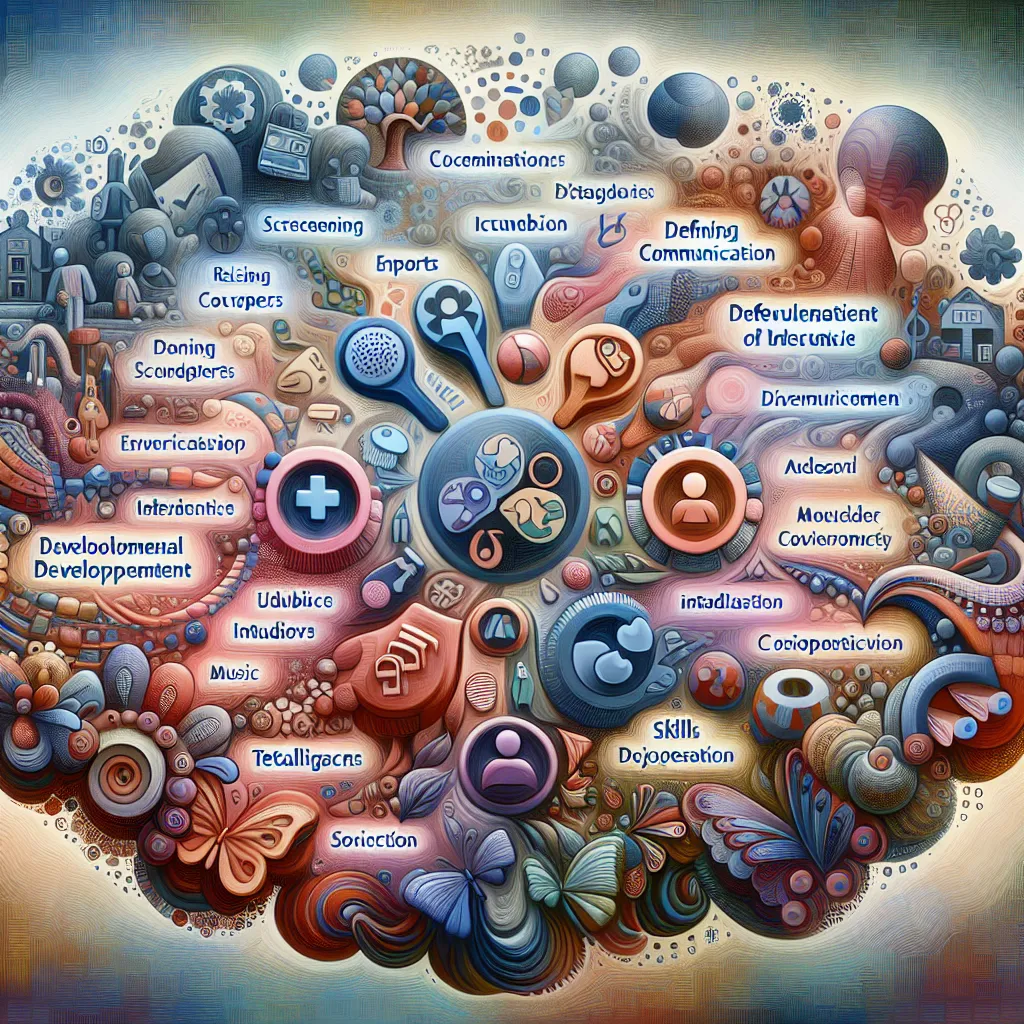 # Assignment 04 Questions
# Importance of Early Screening for Teachers
# Examples from the Case Study
# Developmental Checklist for Tshepo
# Developmental Concerns
# Language Development Red Flag
# Assignment 04 Questions
# Importance of Early Screening for Teachers
# Examples from the Case Study
# Developmental Checklist for Tshepo
# Developmental Concerns
# Language Development Red Flag
 # Tutorial Letter: Assignment 05 - Incl. Education Approaches (IEA1501)
# Declaration of Honesty
# Assignment 05 Questions
# Inclusive Pedagogical Approaches
# Teaching Strategies for Incl. E
# Tutorial Letter: Assignment 05 - Incl. Education Approaches (IEA1501)
# Declaration of Honesty
# Assignment 05 Questions
# Inclusive Pedagogical Approaches
# Teaching Strategies for Incl. E
Question Tags
If you want your question answered by an AI, click here.
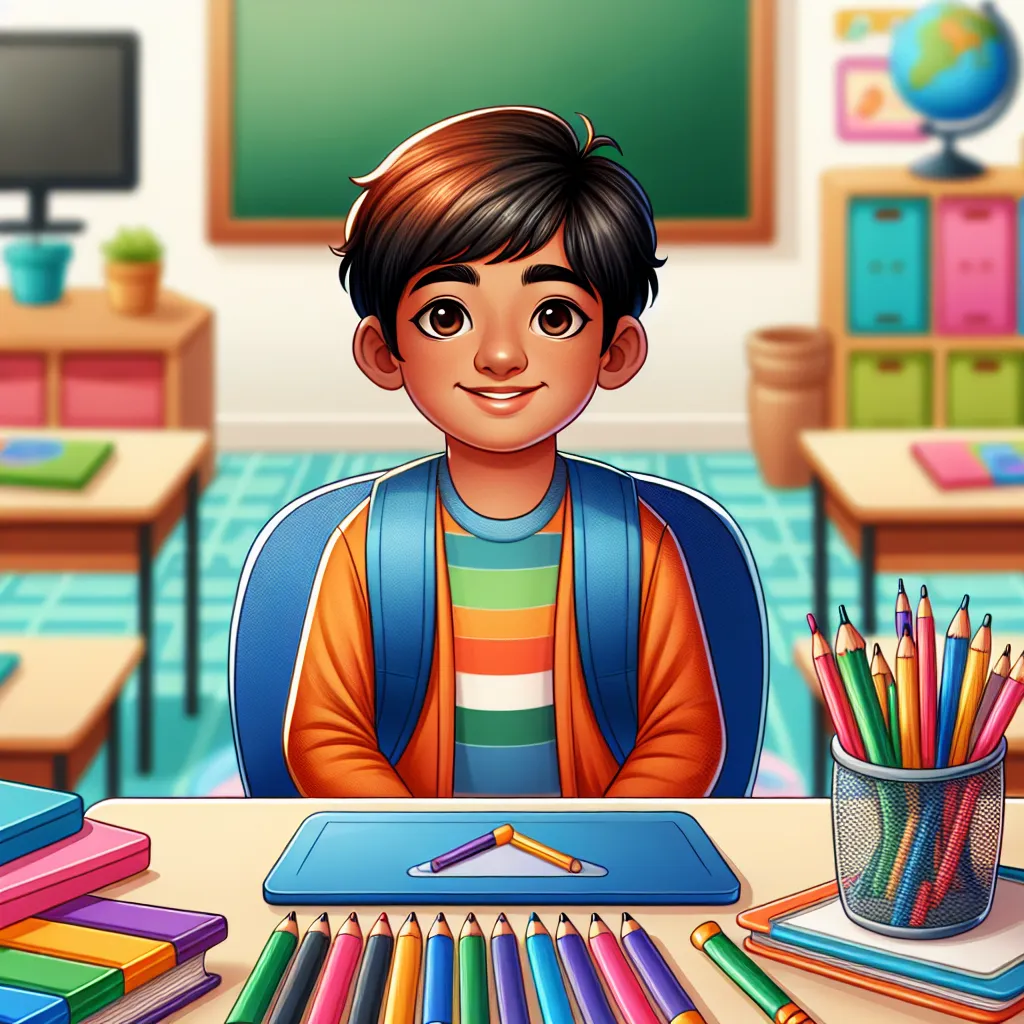

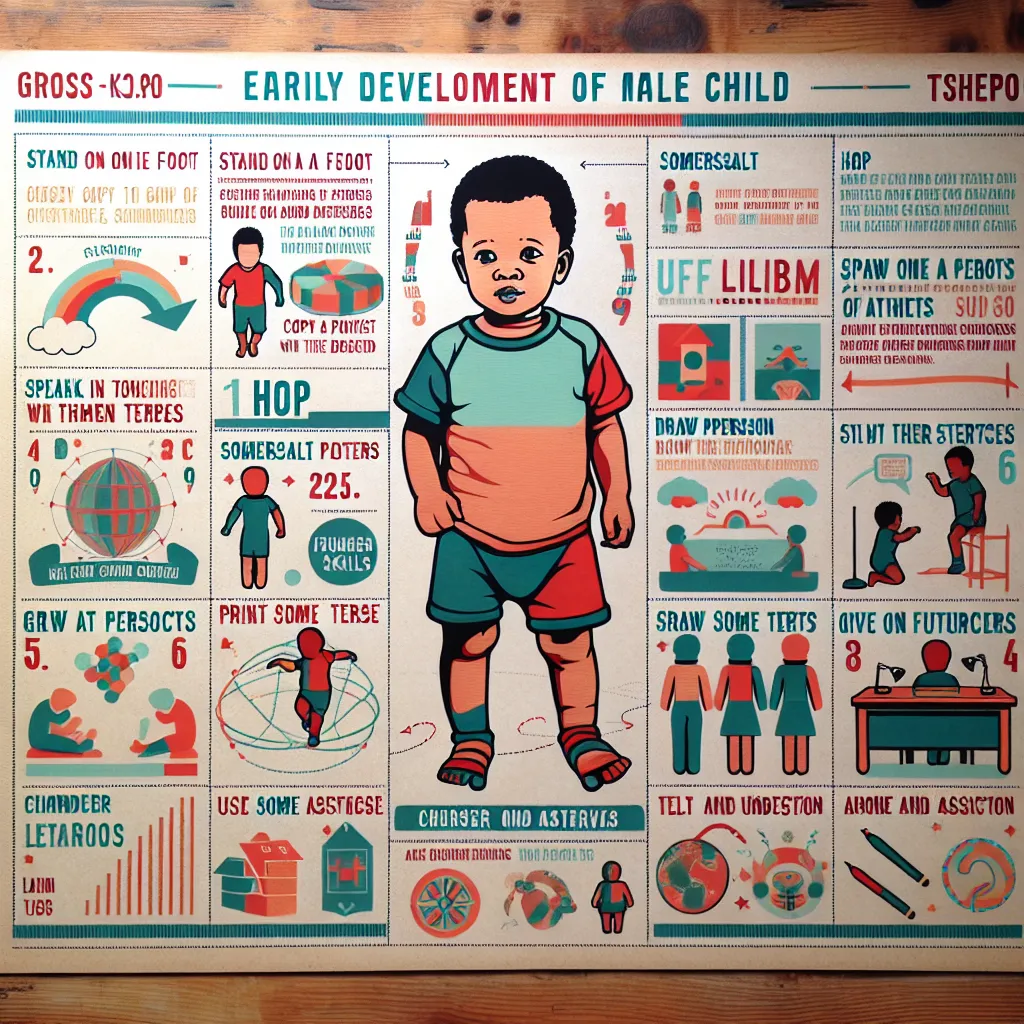
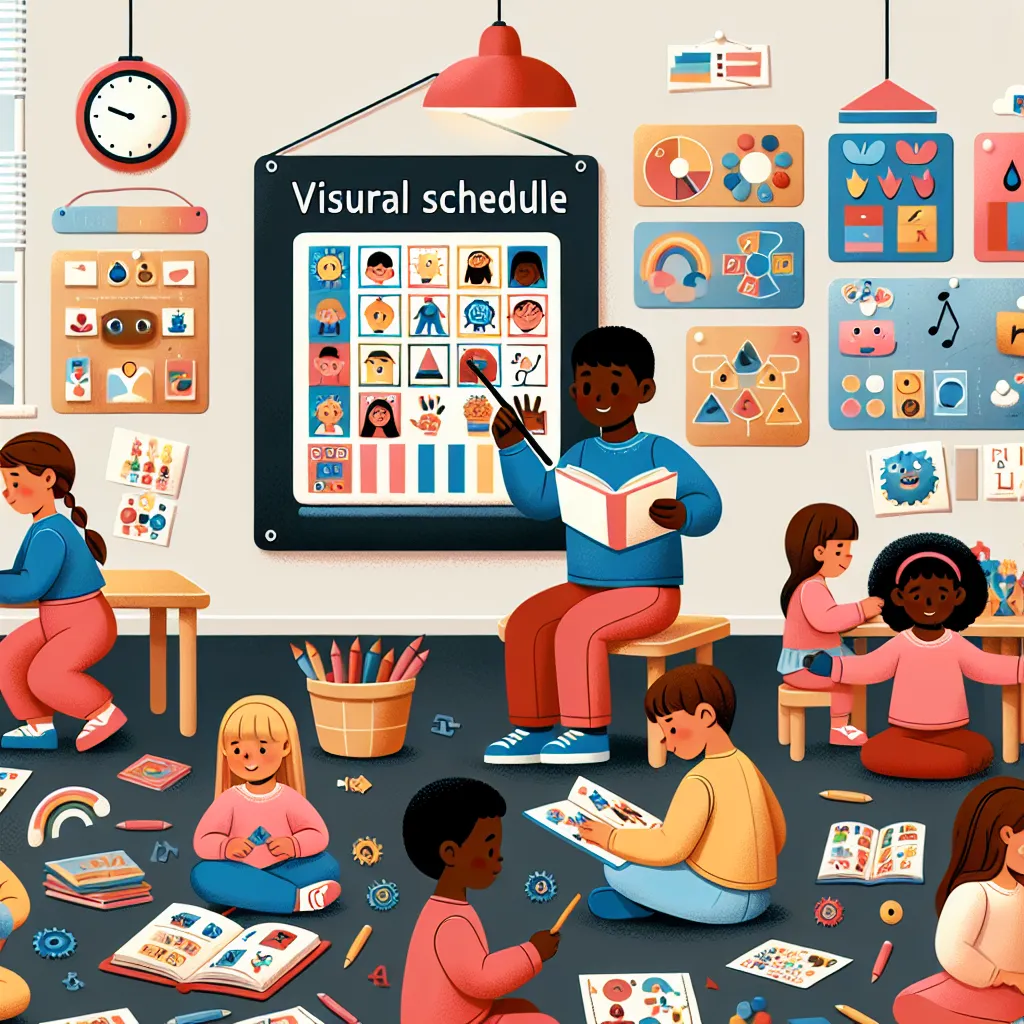
Post your own comment: